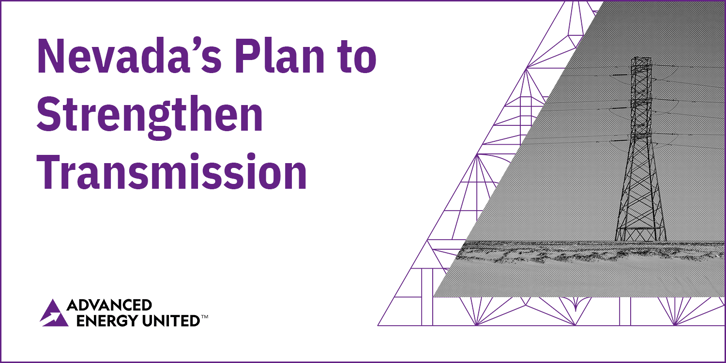
The clean energy landscape in the United States changes frequently, and Advanced Energy United is always evaluating opportunities for new projects that will benefit consumers financially, help businesses succeed, and give states tools to bolster their electricity grids and meet rising demand. After evaluating the potential for advanced energy projects and working with our members, United recently expanded our presence in Wisconsin. The Badger State finds itself at an inflection point, and policymakers must choose how they want to harness the economic promise of the clean energy transition.



